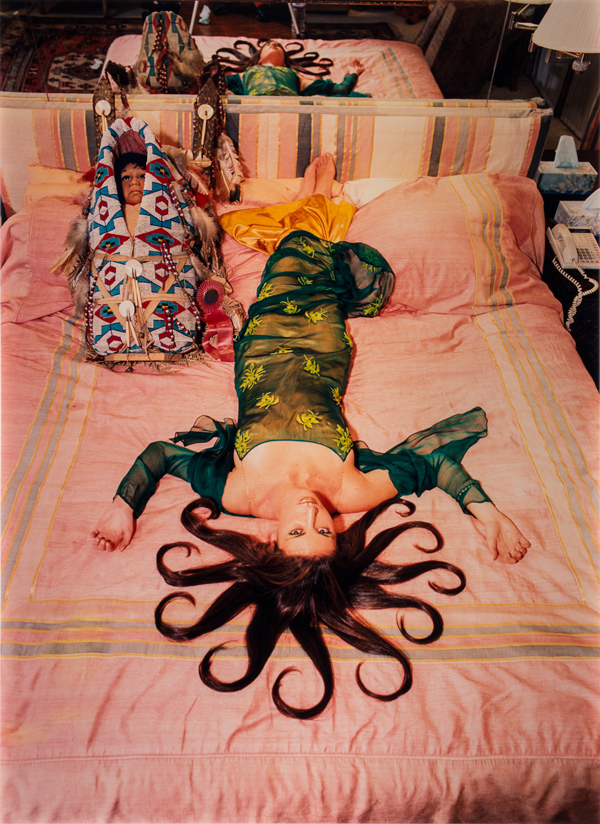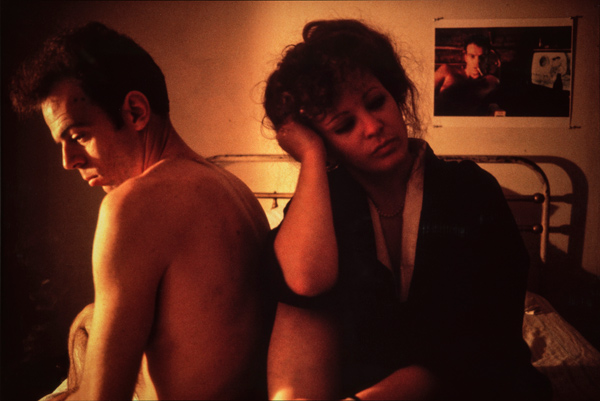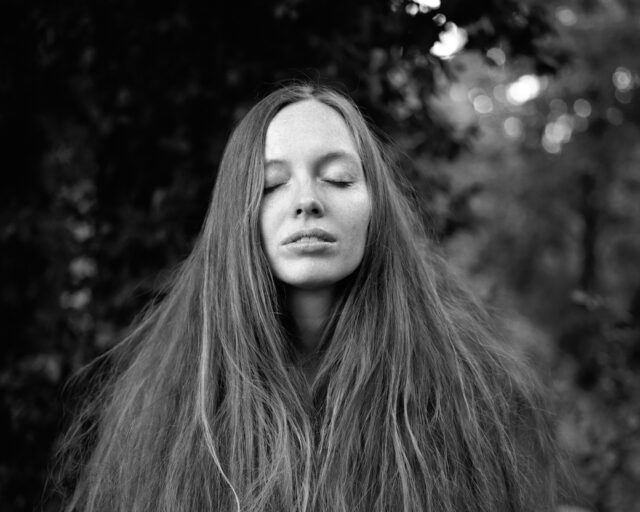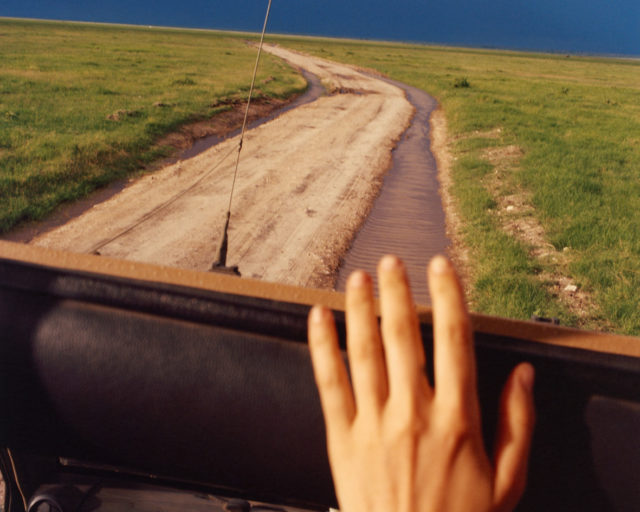After the Avant-Garde

Daniela Rossell, Medusa, from the series Ricas y famosas, 1999
© and courtesy the artist and Greene Naftali, New York
“Normally my museum tells a sad story,” Kathryn A. Wat, chief curator of the National Museum of Women in the Arts (NMWA) in Washington, D.C., told me last month. She was preparing to open a new exhibition from the museum’s collection, Terrains of the Body, at London’s Whitechapel Gallery. Historically, Wat said, women painters and sculptors fought for success against huge odds. “But in photography, it was different. Women were working in the medium from the very beginning in the mid-nineteenth century. I’m interested in that trajectory.”
After an American presidential election campaign rife with misogyny, and with racism and nationalism on the rise in Europe, Terrains of the Body, which features work by an roster of international female photographers and is drawn entirely from the NMWA collection, feels as relevant as ever. For those with any doubt as to why exhibitions like this and museums like the NMWA are still necessary, I recommend a dip into the Guerrilla Girls’ investigation downstairs at the Whitechapel. Their poster exhibition presents data the anonymous feminist activist group gathered in 2016 from the 101 European museums and art spaces that answered their questionnaire. (282 declined.) One sobering statement looms large: “Only two museums have 40% or more women artists in their collection.”

Hellen van Meene, Untitled (79), 2000
© the artist and courtesy Yancey Richardson Gallery
Several recent exhibitions in Europe have thrown the spotlight on women photographers. Seeking to rewrite a more inclusive official history, the surveys Who’s Afraid of Women Photographers? at the Musée d’Orsay and Musée de l’Orangerie in Paris, in 2015, and the more intensely thematic compilation The Feminist Avant-Garde of the 1970s, traveling in Europe for several years and recently presented by the Photographers’ Gallery in London, make a persuasive case not only for gender-specific exhibitions but also the ongoing need for gender parity in institutional collecting. (Marta Gili, Julie Jones, Roxana Marcoci, and Nancy Princenthal discuss these ideas in Aperture’s “On Feminism” issue.)
Terrains of the Body is different. First of all, the photographers include acclaimed contemporary artists such as Shirin Neshat, Rineke Dijkstra, Candida Höfer, Anna Gaskell, and Hellen van Meene. The powerful position of these artists in today’s museums and art market is in stark contrast to the relative anonymity of their forbearers in The Feminist Avant-Garde (Cindy Sherman and Francesca Woodman aside), which emphasizes just how much has changed in the last forty years. And then there are the images themselves. Whereas the photographs made during feminism’s second wave are often characterized by their violence, defiance, and all-out badass nature, the work of the contemporary photographers in Terrains of the Body is more dreamy and surreal. Justine Kurland’s Edenic images of women in nature, for example, have an otherworldly feel to them. Meanwhile, Anna Gaskell’s vision of a pair of legs upside-down in a tree could be straight from a fairy tale, as could Janaina Tschäpe hallucinatory bedroom scene of a woman with a strange, balloon-like hand.

Nan Goldin, Self-Portrait in Kimono with Brian, NYC, 1983
© and courtesy the artist and Matthew Marks Gallery
“I think this dreaminess came out of an impulse in the 1990s of developing a narrative, a story, which would let you do almost anything,” Wat said. “These women are building whole new worlds, they’re selecting locations and finding costumes and controlling their imagery.” Reclaiming the female body, wresting it away from entrenched notions of what it should look like and how it should behave, is still a vital activity for these artists. Hellen van Meene hunts the streets for ordinary teenage girls to photograph. “These girls aren’t the ‘perfect’ size. I’m not interested in a simple beautiful picture. You see that and forget it,” van Meene explained.

Marina Abramović, The Hero, 2001
© Marina Abramović Archives
Feminism in this exhibition, and in many artists’ work today, is not as easy to define as it was forty years ago. It’s implicit in Candida Höfer’s vast interior of a Venetian palace—look closely and you’ll spot Höfer’s tiny reflection in a mirror. It’s explicit in the duo Mwangi Hutter’s photographs Shades of Skin (2001). “She’s being very pointed in the critique that she’s making as a young woman who emigrated from Kenya to Germany and who experienced racial discrimination,” Wat said of Ingrid Mwangi, who works collaboratively with her partner, Robert Hutter.
Wat and Whitechapel curator Emily Butler conceived of Terrains of the Body as an “extension” of that earlier era, with the key figures of Marina Abramović and Nan Goldin forming the bridge. When Wat was researching the exhibition, she also noticed a desire among the artists in the NMWA collection to fragment the body. Three artists—Shirin Neshat, Mwangi Hutter, and Adriana Varejao—all isolate hands, specifically. “There’s something very particular about Shirin Neshat’s use of a hand,” Butler noted. “In Iran, it’s one of the only parts of a body that a woman may show.”

Shirin Neshat, On Guard, from the series Turbulent, 1996
© the artist and courtesy the National Museum of Women in the Arts
Neshat’s work is chillingly urgent. As I write this, protests across the United States and in London are taking place against the discriminatory travel ban that the Trump Administration has imposed on refugees and nationals from seven Muslim-majority countries, including Iran, Neshat’s birthplace. A few weeks ago, millions of people across the world participated in the Women’s March.
But what now? Now we need more: More female photographers in institutional and private collections; more exhibitions and books exhuming forgotten figures; more solo exhibitions to present their work in depth. As Mwangi Hutter and Shirin Neshat in Terrains of the Body, and Lorraine O’Grady and Ana Mendieta in The Feminist Avant-Garde remind us, there needs to be a broader platform for female photographers of color, and for all artists and work to addressing marginalized perspectives. And how about exhibitions across the United States of photographers from the seven banned countries? That, too, would be a start. In the words of Suffragette Emmeline Pankhurst, it’s time to make more noise.
Terrains of the Body: Photography from the National Museum of Women in the Arts is on view at the Whitechapel Gallery, London, through April 16, 2017.
Read more from Aperture Issue 225, “On Feminism,” or subscribe to Aperture and never miss an issue.

























